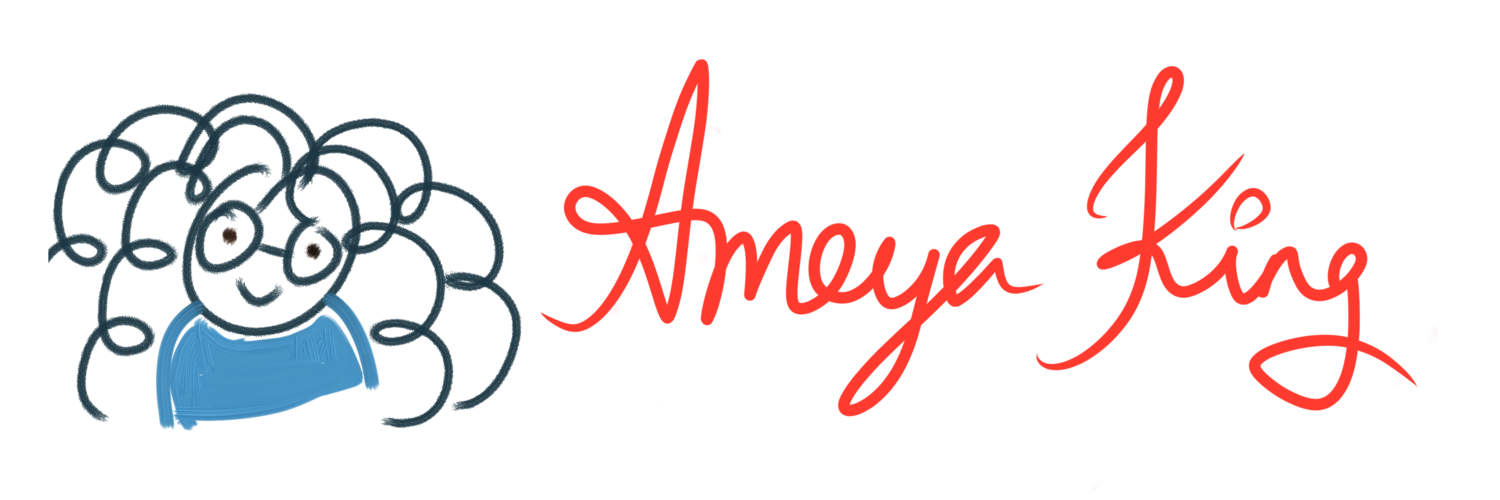Thoughts about approaching a sacred art
I grew up avidly watching Mastergaru's dance drama cassettes on repeat. And when I say repeat, I mean my brother would start the cassette of the season as soon as he woke up, and rewind and replay as soon as it finished until he fell asleep, and this went on for several years. So to this day, the songs and dances have imprinted on my mind.
I logically understood that the dancers were not the characters. (I mean, I had met some of them! They were friends with my mom!) Yet, I could not help but gasp every single time I watched Brighu kicked Sri Mahavishnu in the chest, praying that the dancer would not get into trouble for kicking Vishnu himself. I can't be the only one who cannot visualize Lord Shiva in any form other than the one portrayed by Sri Vempati Ravi Shankar.
Just as millions of children in the Indian diaspora know their mythology as it was portrayed by Amar Chitra Kathas, I have understood it through Mastergaru's dance dramas. I not only understood, but experienced the stories viscerally through dance. These compositions and choreographies were divine! That being said, the medium through which these works of arts were presented was still people, humans who are flesh and blood and sinew, just like the rest of us.
We can watch the dance through a prism of divinity, or watch it with the seasoned eye of a critic. We can watch them from a cynical perspective questioning the gender biases within the mythology or be enthralled by the music, the costumes, the technique, and the coordination. A younger me understood that logically, but struggled to put that into practice. How do we portray someone who is harsh or hurtful? How do you step beyond the relationship you have with a fellow dancer (a junior or senior, a mentor or teacher) and embody the relationship between the two characters?
Those of you who know me well won't be surprised to hear that I found my answer in Harry Potter. More precisely, the podcast Harry Potter and the Sacred Text. (For those of you who don't know me that well, I have read the Harry Potter books nearly as many times as I spent my early years watching Mastergaru's dance dramas.)
The entire premise of the show is, if you take any text, religious or not, and read it with the conviction that you shall find a sacred theme and message within its words, you will find it. So, they don't take the author's voice and shortcomings into account or any logical lapses in the continuity of the text. Instead, well - I'll let them explain in their own words:
“Trusting the text: We practice the belief that the text is not “just entertainment”, but if taken seriously, can give us generous rewards. Trusting the text doesn’t mean we understand the text to be perfect - either in construction on moral teaching - but that it is worthy of our attention and contemplation. A guiding principle is that the more time we give to the text the more blessings it has to give us.”
So how does this relate to dance? Seeing how they articulated how a secular piece of art becomes sanctified gave me the language to express how to study a sanctified art without become entangled in its divinity.
My elementary-schooled self was taking Mastergaru's dance dramas and all dance to be sacred. In fact, I still do. That being said, I can now appreciate the skill of the dancers who made me believe thy were Brighu or Mahavishnu, Arjuna or Shiva, the milkmaids or Chandalika. I can appreciate the wordplay and the poetry in the lyrics once I step back from the deities that are speaking those lines.
We have to take that approach in appraising all arts and literature, whether it is a choreography or a performance, a treatise or a script. We should experience it wholeheartedly with wonder and joy, convinced of its sacredness. We should experience it again, still lovingly, but with a discerning eye, and peel back its layers with scientific rigor.
And we should turn that inward, to our own craft, whether it is dance or writing or sculpting or anything else.
Hopefully my ramblings this week have some form of cogency, as I'm writing this while my brain is receiving less oxygen than I am accustomed to. (In plain English, I am heavily congested as I am recovering from a cold.) I promise something more rigorous next week!
P.S. In case you're wondering about the photo, this is from the Ksheera Sagara Madanam season, which transitioned to Kiratarjuneeyam season. I couldn't come up with a good picture to go with the post, but the dance dramas were what I fondly remember from the time when this picture was taken. Oh, and I'm the one on the right.
